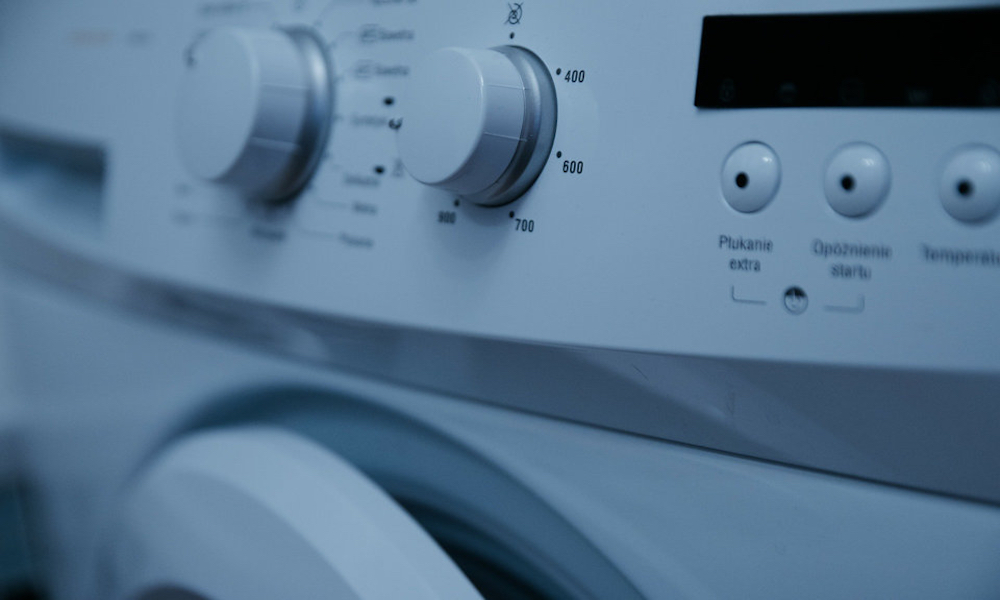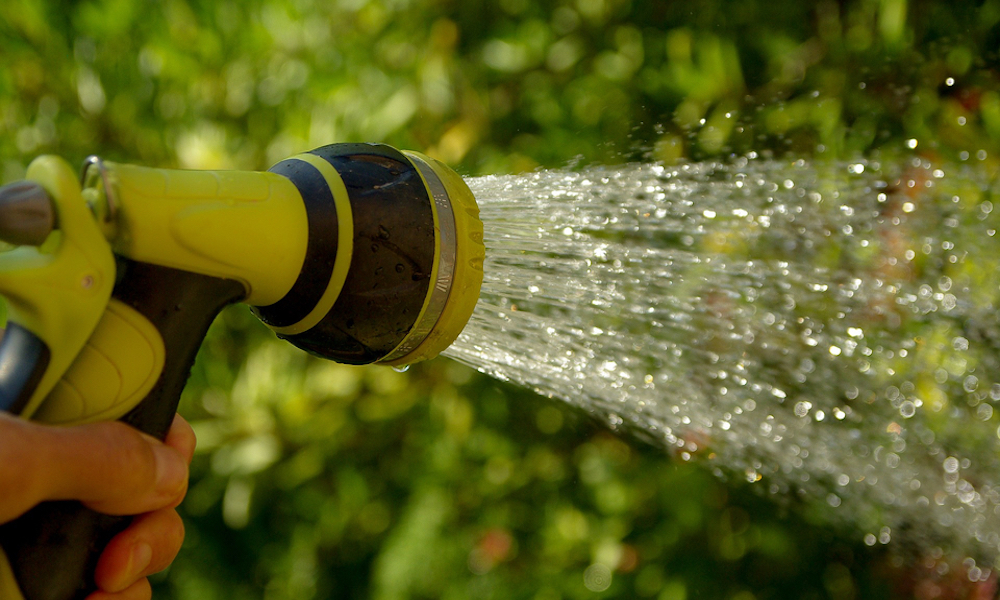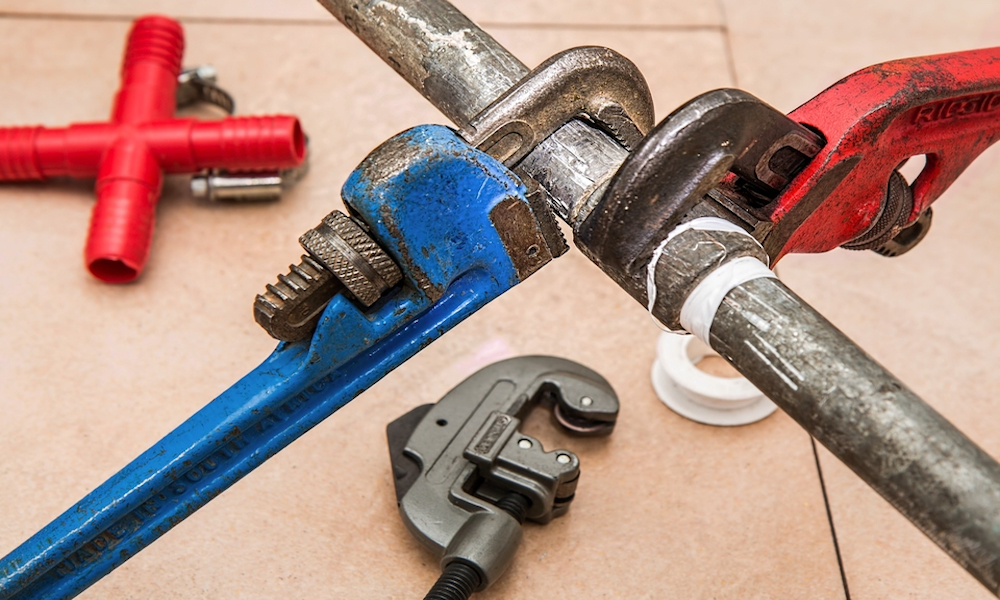Climate change will cause a reduction in annual average rainfall right across Australia, primarily affecting the southern part of the country with no let up in extreme weather events, which are likely to increase. And if you have children, and grandchildren, you may feel it's time to act and model resilient and water efficient behaviours to them… before such efficiencies are forced upon us in our water scarce country.
We are in fact living on the driest continent on earth yet it's easy for those of us who dwell on Australia's urban coastline to forget that . This is evidenced by our usage of an astounding 100,000 litres of freshwater per person per year - that's 650 baths full of drinking water per year - almost 2 baths a day!! We are the world's greatest per capita consumers of water. Apparently that figure increases tenfold if you include all the water embedded in our daily food and consumer products.
Read more - how much water goes into our food chain
Calculate your water footprint
We decided the best place to start as a savvy water saver is to know your water footprint! We tried a few water footprint calculators; one of the the better ones to work out your footprint is here. From this we got a pretty good idea of where our water consumption needs to be reduced especially compared to the general public. Outside of swimming pool usage, garden watering and general leakages, which we'll tackle last, the highest water usage around the home happens in the bathroom. This is an area where you can really make some easy but efficient inroads into reducing your water consumption.
The toilet is biggest water waster in the home
For instance, did you know the toilet is the biggest waster of water in your home, using some 20% of household water? Of course you can follow the "if it's yellow, let it mellow"rule and only flush when needed - you know what we're saying! But if that really doesn't suit you, do at least have a "no flush rule" overnight!

Most homes nowadays have dual flush toilets - these offer a difference between roughly6 litres being flushed and 3 litres. However, if your toilets don't have this system, an old Australian remedy to flush less water was to put a brick in the cistern to displace some of the water needed to refill it. For a family of four, this could add up to about 190 litres of water saved a week.
Showers versus baths
Sadly water wastage in the bathroom doesn't end at the toilet. Waterwise, a leading authority on water efficiency in the UK report that an eight minute shower uses up to 62 litres of hot water, whilst power showers can use as much as 136 litres, with an average bath using around 80 litres. Not only is this a considerable amount of water to be using per capita on a daily basis but it is also using a lot of power. Waterwise suggests that by using a water-efficient shower head you can reduce the amount of water you use during a 4 minute shower to only 32 litres! These can be retro fitted without too much bother.
Read more: trim your shower time down to just 4 minutes
Don't shower every day
Perhaps one of the easiest ways to reduce your water usage in the home is to stop the daily showers. Apart from wasting one of our most valuable assets, there are reasons abound for us to be thinking about actually showering less, according to a recent article in The Guardian. Showering everyday exposes us to the chemicals in all those bathing products, some friendly, and some not so at all! And what about all that plastic waste from bathroom packaging? Some of it isn't even accepted in our kerbside recycling… There are even chemical hazards like PVC lurking in that packaging, potentially leaching into your shampoo or conditioner. And to top it all off, there are a growing number of dermatologists who say that daily showering is a modern phenomena due more to social pressure than actual need and might in fact be doing more harm than good since it strips the body of the natural oils needed to protect the skin cells from bacteria, viruses and itchy or dry conditions.
So try reducing your weekly showers, maybe drop one on the weekend and go from there: this is such an easy way to save water. You never know you may even decide to go without every other day or more, and save a whole heap of money, product, packaging and ultimately water in the process.
Read more: A shower unit that recycles your shower water

Use water efficient appliances in your home
According to a residential water use study completed by Yarra Waterin 2010, once you've addressed wastage from the shower and the toilets in your home, you are just over 50% of the way to serious water savings. The things to tackle next on their list are the clothes washer and the taps in the household, each accounting for about 20% of household water usage. Such items are covered here in Australia under the Australian Water Efficiency Labelling and Standards (WELS) scheme.
With clothes washers, the best way to achieve efficiencies is to invest in a water efficiency rated washing machine that is also energy rated. Generally front loading machines are more efficient than top loaders. There are simple, common sense tricks for achieving efficiencies here - only wash clothes when dirty and make sure the load is full. And did you know you can save around 80%of your running costs just by washing on cold every time?
Read more: Saving energy in your bathroom
Fix up your taps
As for taps around the home, there are two ways to go. You can retro fit a low flow and aerating tap, which can use as little 2 litres of water per minute as opposed to up 18 litres with regular taps. Or if this is too costly for you, fit an aerator, available online for under $10. Apparently they can reduce flow by up to a third that of standard taps.
Following the above advice you know have over 90% of your indoor home water usage covered by a mix of efficient technologies and sustainable behaviours, but there are a few more savings to be made. In some homes, around 40% of water usage occurs outdoors.

Some homes use 40% of their water outdoors
There are things you can do to make water savings here, especially in the garden. For instance, try and design and use your garden with water savings in mind. These measures can range from landscaping to minimise outdoor paving - which increases heat radiation and water runoff; choosing water wise plants; making soil improvements to increase water holding capacity; and watering at either end of the day and by hand only.
If you have a pool remember to keep it covered as much as possible to prevent evaporation, turn off any water features when not necessary, use plants around the pool to further prevent evaporation and check for and repair any leaks when they arise.
Read more: recycling cosmetic and beauty product packaging.
Leaks - a waste of water and money
And finally, don't forget that pesky leaks need to be addressed. You can test for leaks by turning off all taps and water-using appliances, making a note of the numbers on your water meter, waiting for 5 or 10 minutes, and then checking the numbers again. Any change will be due to a leak - if that's the case, call the plumber - it'll save you money in the long run.

We reckon once we've got on top of all these areas of water wastage in our homes, we're definitely going in the right direction to save water and keep that hard earned money in our pockets while ensuring that we really have made our homes more resilient for the future to come.
Read this next: plan your shopping and go waste free in your kitchen

